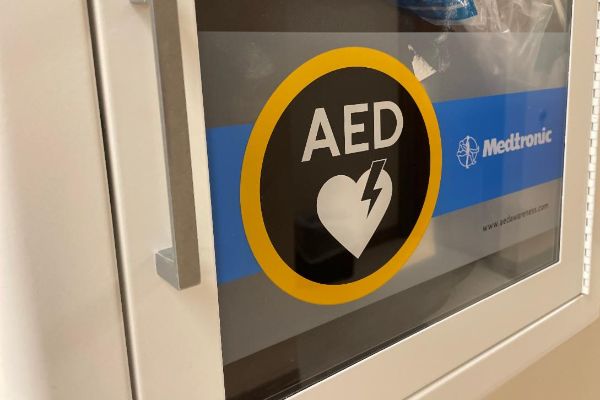 Simulation-based learning allows students to apply what they’ve learned by putting that knowledge into practice in a safe and risk-free environment.
Simulation-based learning allows students to apply what they’ve learned by putting that knowledge into practice in a safe and risk-free environment.Recently, Mario Andres Espinosa Hernandez, MS-4, was able to utilize his medical school education and simulation experience in a real-life, high-stakes, situation.
Mario was at the gym when a young woman collapsed. Initially, it looked like the woman could be having a seizure, but when Mario and a nurse at the scene hurried over to assess the young woman, they discovered that she was in cardiac arrest.
Throughout medical school, Mario had many simulation experiences related to cardiac arrest and running a code using rapid cycle deliberate practice, as well as BLS and ACLS training.
After asking the nurse to start CPR, Mario yelled out for an automated external defibrillator (AED) and continued to monitor the young woman’s pulse and breathing. They were able to quickly place the AED electrodes and continue with CPR. Five rounds of CPR and four shocks later, the young woman’s heart was brought back to a normal sinus rhythm.
The young woman was taken to the hospital for further evaluation. Mario later learned that the young woman was born with a congenital heart condition and was scheduled to have surgery in the next couple of months. A week after the incident, her family reached out to Mario to let him know that she had her surgery and is okay and recovering from home. The family credits Mario and the nurse for saving her life.
Mario says, "Ever since I was a kid watching the Discovery Health channel, I dreamed of learning medicine to one day save lives. That day at the gym my dream became a reality as I used what I learned in simulation and medical school to save her."